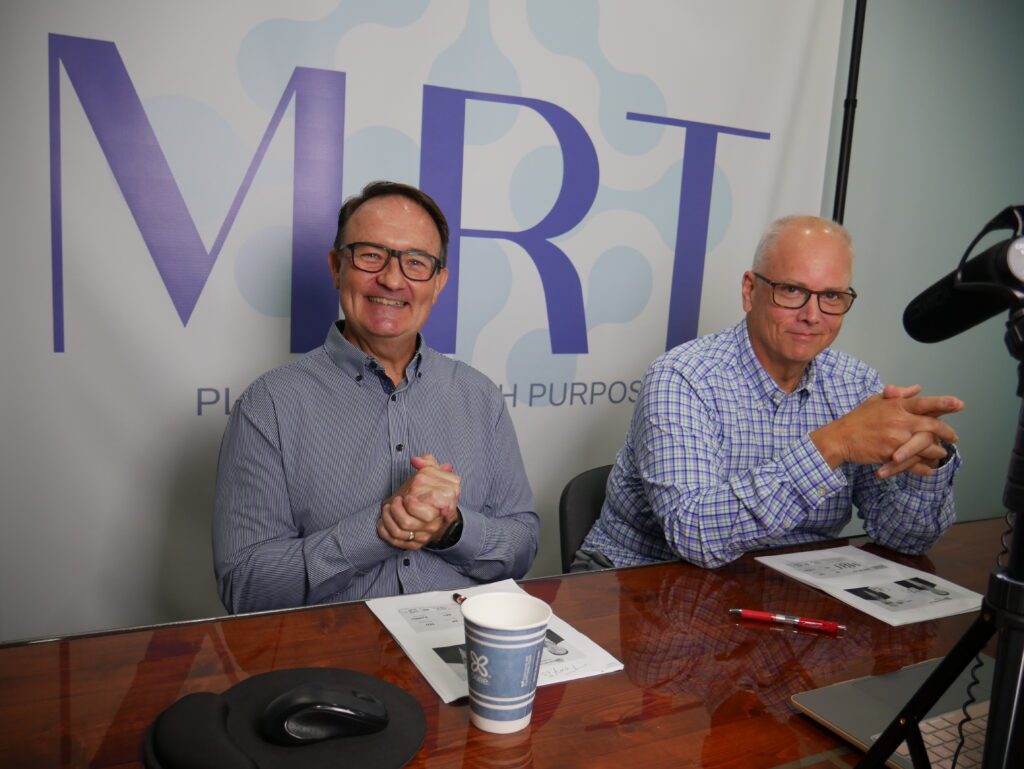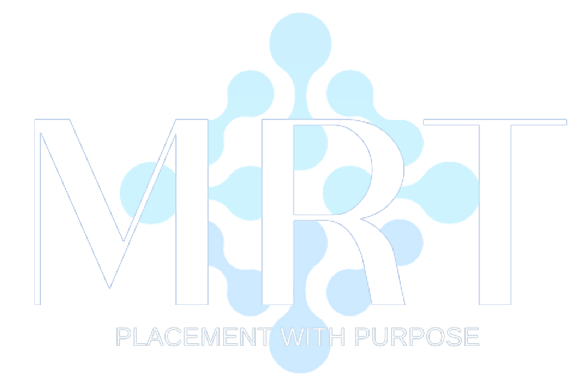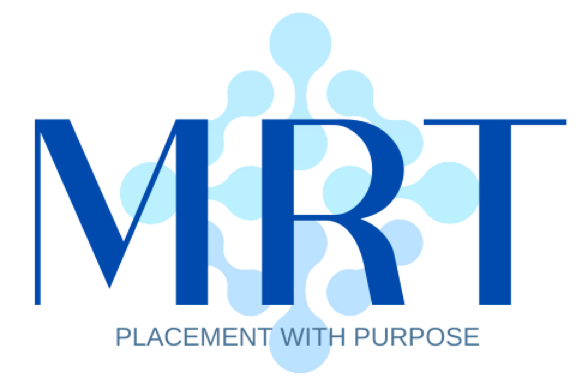January 23, 2024
Manufacturing Human Capital in 2024 – From the Desk of Jerry Jones and Craig McMillan
It is a new year with plans full of hope, strategies, and ambitions. Like us, many of our clients are glad 2023 is behind them and are looking forward to a more stable and “predictable” 2024. Before going on, let’s go back to 2023, however painful; so that we can have perspective for 2024.
You always hear, “If I knew then what I know now, I may have done things differently.” Everyone will always remember 2020 because it affected the years to follow, especially 2023. Simply stated, the pandemic brought a lot of uncertainty, but also opportunity. The country was shuttered, the supply chain was exposed, and manufacturers were called upon to do extraordinary things quickly, similar to previous national emergency events in our history. Our federal government opened the checkbook and invested heavily. The average citizen worked from home and was flushed with fear and cash, then demand hit.
Fast forward to 2023, which began with certainty after a euphoric 2022. The backlog was ample; orders were softer but decent, and then inflation hit hard like a sledgehammer on a finish nail. You could be in the middle of a factory floor and hear the screeching sounds of brakes miles away. Everyone was worried about inflation, interest rates were too high, and hiring was temporarily put on hold. The first two quarters were awful for us, as we are sure they were for many, but quarter three had a lot of optimism, we were getting traction, and the results weren’t too bad. We carried the momentum into the fourth quarter where clients were in need but highly selective and guarded.
In 2024, we don’t expect to sit around and wait for the shoe (economy) to drop, because it didn’t this past year. Our GDP increased by 3%, inflation is down to 3.1%, and the sky has not fallen. We expect a stable two-thirds of the year until we get closer to election time, anticipating some pullback from late quarter three to quarter four because of the uncertainty surrounding the upcoming election.

In summary, we foresee the trend of retirements coming faster and faster, the talent gaps further widening, thus adding more strain on the system. 48% of hiring managers reported that candidates lack the skills needed to fill open jobs. Over 51% of manufacturing jobs are currently held by people between the ages of 45 to 65+. These statistics will only increase in 2024. To combat these human capital challenges, companies need to focus their attention on their workforce by providing training and advancement, creating mentorship programs, and providing interim work or flexible hours for upcoming retirees. Human capital is the most powerful weapon companies have and as a manufacturing community we must work together to close these gaps.
Let’s talk!

